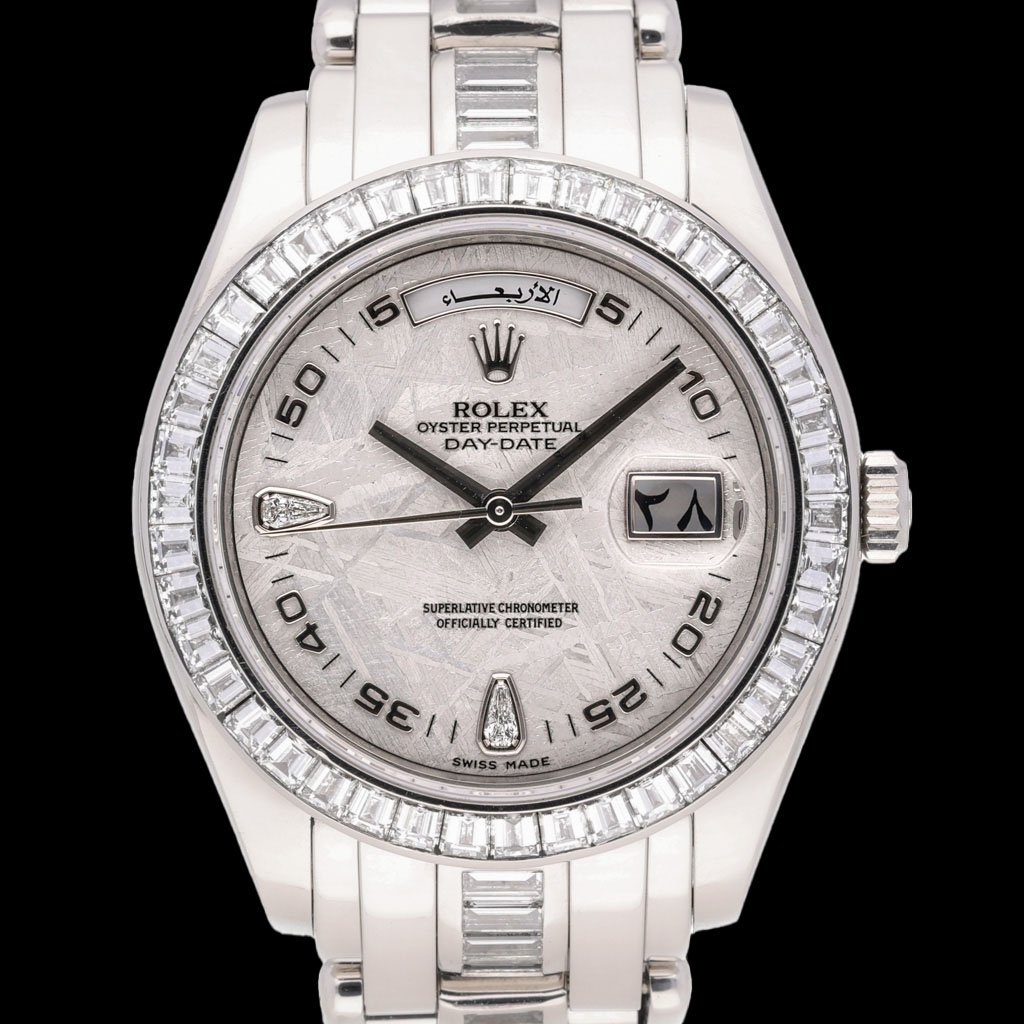
Rolex Arabic Dials: A Blend of Tradition and Functionality
Rolex Arabic dials stand out as a symbol of timeless sophistication and practicality, rooted in history and embracing cultural diversity.
Tudor watches embody the essence of Swiss precision and craftsmanship, offering a blend of timeless elegance and robust functionality. Established as a sister brand of Rolex in 1926, Tudor has built a reputation for producing high-quality timepieces known for their durability and reliability. Renowned for their iconic designs such as the Tudor Black Bay and Pelagos, these watches pay homage to the brand’s rich maritime heritage.
Whether it’s the vintage-inspired aesthetics or the cutting-edge technology used in their contemporary models, Tudor watches are favoured by both collectors and watch enthusiasts alike. With a commitment to exceptional performance and design, Tudor continues to carve its own unique path in the world of luxury watchmaking.
Tudor watch serial numbers are essential for confirming the authenticity and history of a timepiece. Usually found engraved between the lugs on the watch case, these serial numbers are unique identifiers that distinguish one Tudor watch from another. They are crucial in verifying that a watch is a genuine Tudor product. Tudor also maintains records linked to these serial numbers, allowing collectors and enthusiasts to track the watch’s production date, model details, and service history. Whether you’re an experienced collector or a new owner, conducting a Tudor serial number check can provide valuable information about your watch, revealing its connection to the brand’s heritage and dedication to craftsmanship.
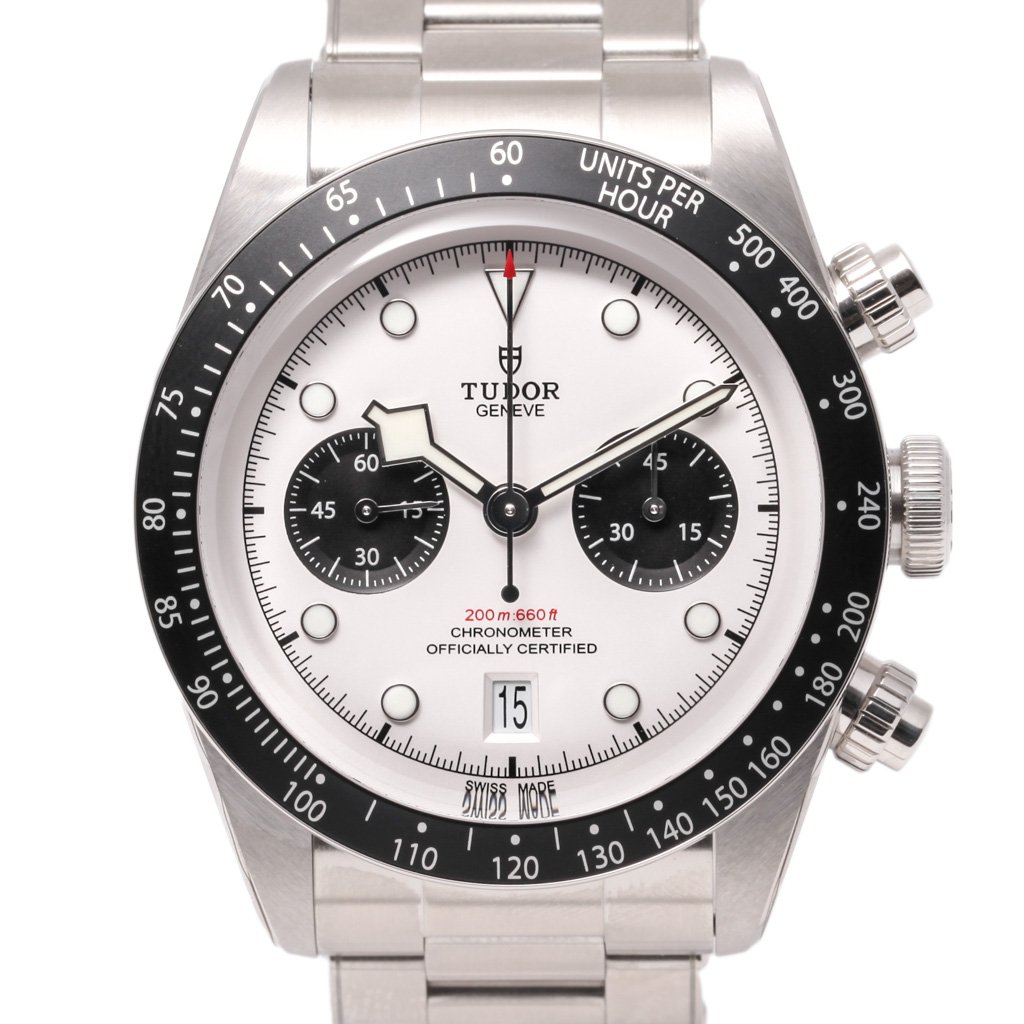
Serial numbers hold significant importance in the world of watch authentication and are a useful tool in how to date your Tudor watch. They serve as a crucial method when verifying the authenticity of timepieces and determining their production timelines. However, when it comes to Tudor watches, dating them precisely can pose a challenge due to the absence of an official serial number list provided by the manufacturer.
This lack of an official list doesn’t diminish the importance of serial numbers. Instead, it underscores the need for careful research and the utilization of available resources to establish accurate dating. Collectors, enthusiasts, and horologists often rely on databases, reference materials, and expert knowledge to decipher the manufacturing period of a Tudor watch based on its serial number.
The absence of an official list also encourages a deeper engagement with the watch’s history and individual characteristics. It fosters a sense of exploration and investigation, allowing owners and collectors to uncover the unique story behind each Tudor timepiece. While dating these watches may be a bit more challenging, the process adds an element of discovery and personal connection to the world of Tudor horology.
Within the realm of Tudor watches, the reference and serial numbers fulfill distinct and integral roles. Each Tudor timepiece possesses a unique serial number, functioning as a hallmark of its individuality. This serial number holds valuable data, including insights into the watch’s production year,
Conversely, the reference number plays a different yet equally significant role. It serves as a standardized model number, shared among all watches within a particular model range. This reference number acts as a categorization tool, making it easier to recognize and classify Tudor timepieces with similar designs and feature sets. Regardless of the individual serial numbers, the reference number allows for the streamlined organization of Tudor watches within broader model families.
Together, these two identification numbers create a comprehensive system that helps enthusiasts and collectors navigate the world of Tudor watches. While the serial number encapsulates the unique history and characteristics of each watch, the reference number brings structure and coherence to Tudor’s diverse horological offerings.
In essence, they work in harmony to provide a deeper understanding of Tudor timepieces’ individuality within their model-specific contexts, enriching the appreciation of Tudor’s enduring craftsmanship and innovation.
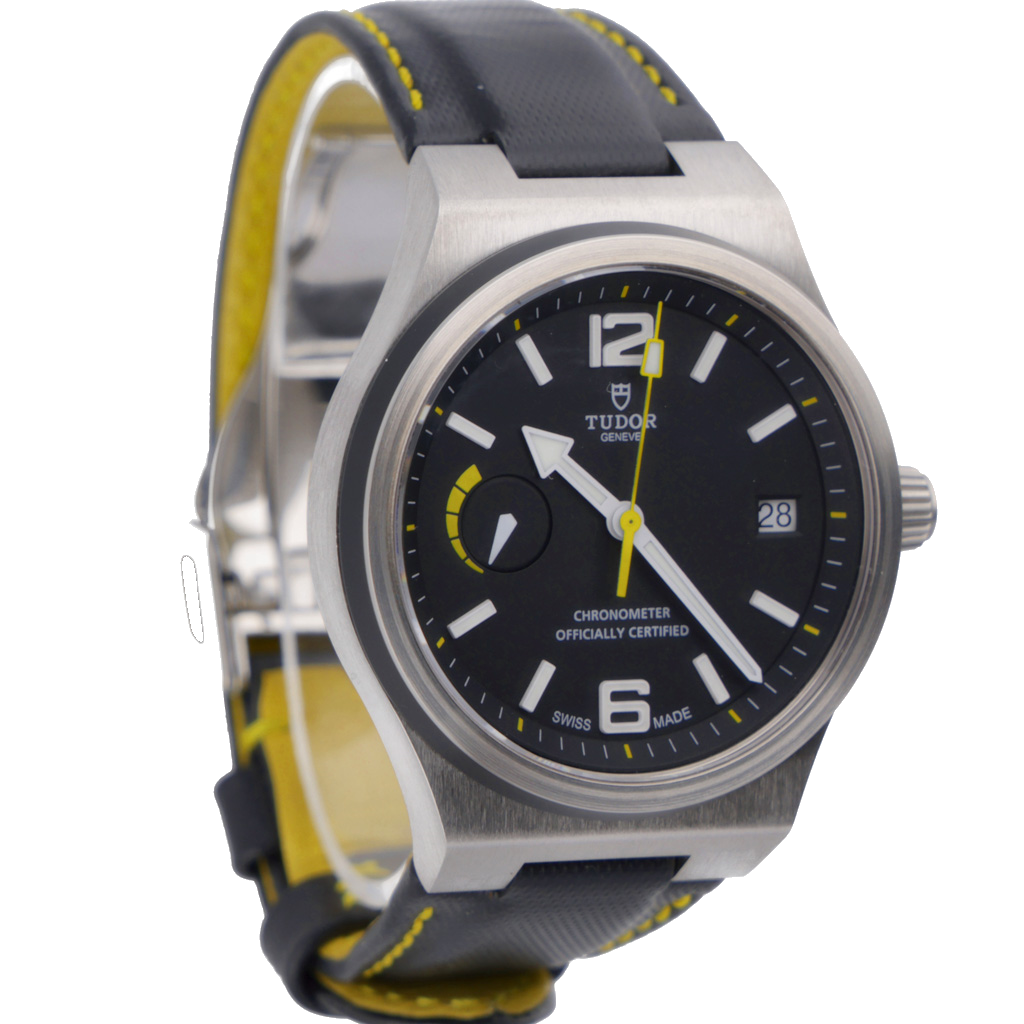
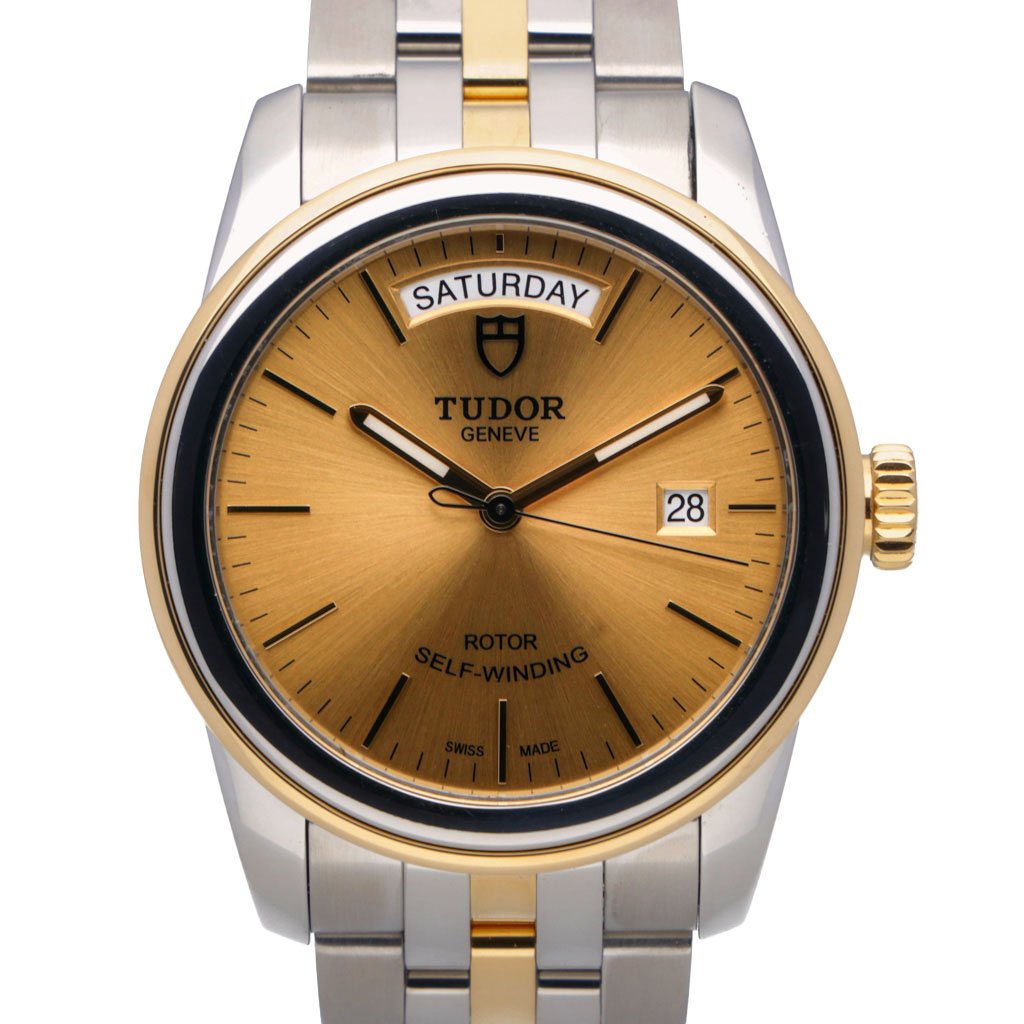
In the early stages of Tudor watch production, they adopted Rolex cases, resulting in a Tudor serial number location that mirrored Rolex timepieces. These serial numbers were meticulously engraved between the lugs, specifically at the 6 o’clock position, tucked behind the attachment point for the bracelet. However, as Tudor watches evolved, a significant change in the placement of serial and reference numbers occurred. In contemporary Tudor watches, these critical identification numbers have been repositioned to the underside of the lugs, engraved into the case.
This strategic adjustment in placement carries notable advantages. For older Tudor watches, accessing the serial number often necessitated the removal of the bracelet, which could be cumbersome and potentially impact the watch’s condition. By relocating these numbers to the underside of the lugs, Tudor has effectively streamlined the process of accessing crucial information for owners and watch professionals.
This change not only simplifies the authentication and dating of Tudor timepieces but also aligns with the brand’s commitment to enhancing user convenience and preserving the integrity of their watches. It stands as a testament to Tudor’s dedication to innovation and customer satisfaction while acknowledging its historical ties to Rolex cases in their early watchmaking history.
Determining the precise year of manufacture for your Tudor watch solely through its serial letters can be challenging. Tudor employs a serial numbering system that often involves a combination of letters and numbers, which may not consistently follow a straightforward alphanumeric code for dating purposes. As a result, using serial letters alone may provide only a rough estimate of your watch’s production era.
For a more accurate dating assessment, it’s advisable to consult Tudor reference materials, guides, or reach out to experienced watch professionals who can help decipher the specific serial letters and numbers in the context of your watch’s model, movement, and features. These additional details, combined with the serial letters, will provide a more precise indication of the production year of your Tudor timepiece. This information is presented solely as a general reference, and we cannot assure its accuracy. Tudor has not published any serial numbers beyond the year 2002 due to the adoption of “random serial numbers.” In simpler terms, they no longer adhere to a particular pattern, making it extremely challenging for individuals to independently determine the watch’s production date.
|
Year 1956 1957 1958 1959 1960 1961 1962 1963 1964 1965 1966 1967 1968 1969 1970 1971 1972 1973 1974 1975 1976 1977 1978 1979 1980 1981 1982 1983 1984 1985 1986 1987 1988 1989 1990 1991 1992 1993 1994 1995 1996 1997 1998 1999 2000 2001 2002 |
Serial Number 240000 250000 260000 270000 280000 340000 340000 390000 430000 430000 560000 590000 620000 680000 740000 750000 770000 790000 810000 830000 840000 860000 880000 900000 930000 950000 970000 980000 990000 140000 170000 190000 210000 260000 B330000 B360000 B390000 B500000 B560000 B590000 B790000 B850000 B990000 H130000 H170000 H240000 H300000 |
If you’re looking to add a classic Tudor to your collection, BQ Watches is the place to go. We have an incredible inventory of Tudor timepieces for you to choose from. If you already have a Tudor, but you can’t decipher the serial number, feel free to send it to us for an appraisal. Our team of experts can help you determine the approximate year of your watch.
If you’re not in the market for a Tudor, we have an extensive inventory of pre-owned watches like Rolex, Cartier, Patek Philippe, Bremont, IWC, Breitling, Omega, Hublot, and many others. We also offer comprehensive sourcing services if you’re looking for something specific.
Once you know what luxury watch service you’re needing, simply fill out our contact form and let us know. A member of our team will reach out shortly to assist you.
The serial numbers are etched into the watch case, with one placement being between the lugs at the 6 o’clock position and another at the case’s rear, behind the bracelet attachment point. In contrast, older watches feature the reference number at the 12 o’clock position. However, it’s worth noting that this arrangement applies predominantly to older models.
In modern Tudor watches, the reference number and serial number are conveniently situated on the undersides of the lugs. This strategic placement simplifies the process, as it eliminates the need to remove the bracelet when accessing the serial number of an older Tudor watch.
Dating a Tudor watch using random serial numbers can be a complex task. Unlike some brands with systematic numbering, Tudor’s serial numbers don’t follow a clear pattern for dating. To determine a watch’s age, it’s best to consult expert resources, guides, or professionals who can analyze the watch’s specific details.
Historical documents can also help. While this may not always yield a precise date, it can provide insights into the watch’s production era and its historical significance.
Every Tudor watch possesses its own distinct serial number, which is an integral component of the watch’s identity. This serial number plays a crucial role in confirming the watch’s authenticity and determining its year of production. However, it’s essential to keep in mind that certain serial number sequences might have been employed by other watch manufacturers as well. Consequently, it’s advisable to examine additional features and characteristics of the watch to ensure its authenticity.



Rolex Arabic dials stand out as a symbol of timeless sophistication and practicality, rooted in history and embracing cultural diversity.
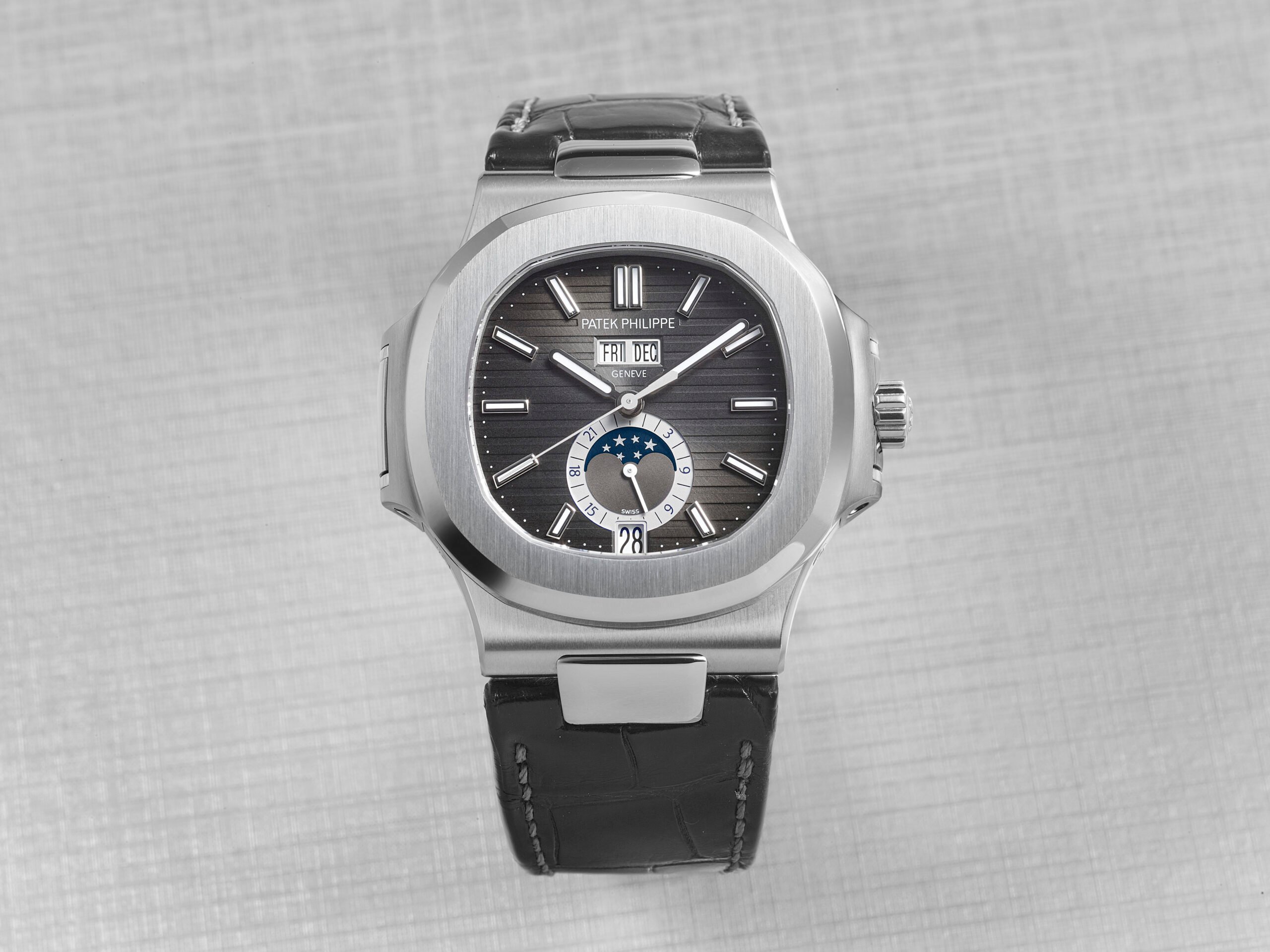
A dive into the iconic timepiece from this sublime brand.

The connection between the Bitcoin market and the pre-owned luxury watches market lies in their appeal to investors seeking alternative stores of value and avenues for portfolio diversification.

Rolex Arabic dials stand out as a symbol of timeless sophistication and practicality, rooted in history and embracing cultural diversity.

A dive into the iconic timepiece from this sublime brand.

The connection between the Bitcoin market and the pre-owned luxury watches market lies in their appeal to investors seeking alternative stores of value and avenues for portfolio diversification.
Enter your email address to sign up to our newsletter and spin the wheel for a chance to win free gifts and prizes.
Terms and Conditions - All vouchers valid till 31st December.
£100 voucher valid with a minimum spend of £2,500*.
£250 voucher valid with a minimum spend of £5,000*.
£500 voucher valid with a minimum spend of £10,000*.
*Cannot be used in conjunction with any other offer or discount, including auction.
If you win the notepad and pen please call us on 01923 85 58 58 and quote the code to claim your gift.
To provide the best experiences, we and our partners use technologies like cookies to store and/or access device information. Consenting to these technologies will allow us and our partners to process personal data such as browsing behavior or unique IDs on this site and show (non-) personalized ads. Not consenting or withdrawing consent, may adversely affect certain features and functions.
Click below to consent to the above or make granular choices. Your choices will be applied to this site only. You can change your settings at any time, including withdrawing your consent, by using the toggles on the Cookie Policy, or by clicking on the manage consent button at the bottom of the screen.
